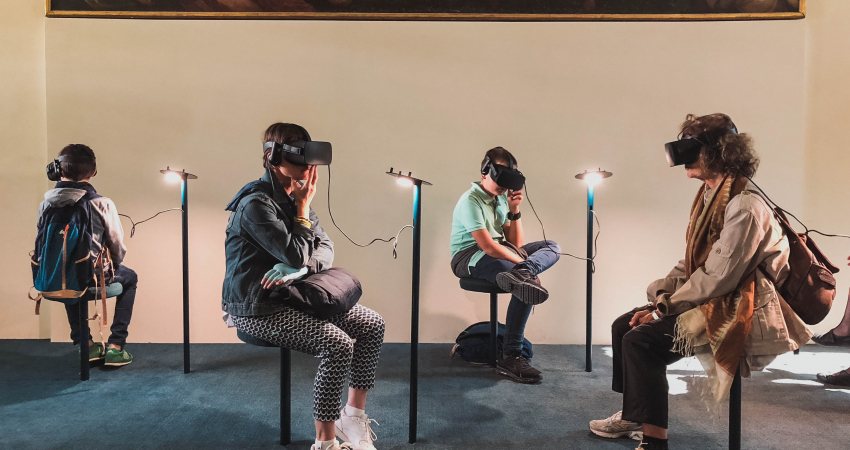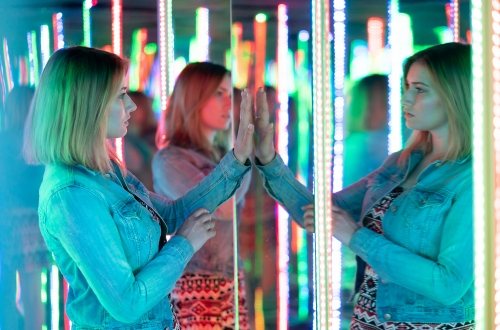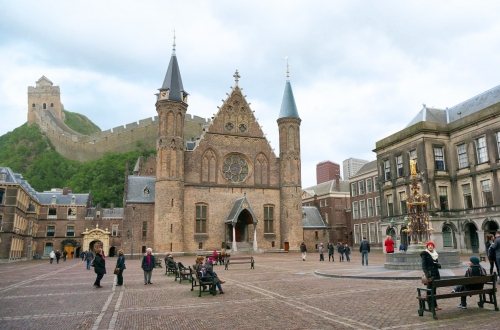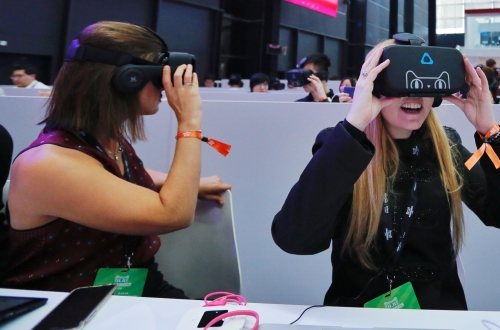The metaverse makes a discussion about our digital society even more urgent
Photo: Virtual reality is part of the metaverse - Lucrezia Carnelos/Unsplash

For years, the tech industry has been investing billions in the development of virtual reality, augmented reality, and speech technology. These technologies that immerse us in a physical-virtual world (so-called immersive technologies) offer many opportunities, for example in medical science. But they also carry potential risks. For instance, they can give users a distorted picture of reality. In light of this, what does it mean that companies such as Meta, Microsoft, Snap, and Roblox have announced that they want to invest much more in these technologies?
In short:
- The Rathenau Instituut has been tracking developments around VR, AR, and speech technology for years.
- The announcement by major tech companies that they want to accelerate the development of the metaverse raises questions.
- We need to discuss the design requirements for the metaverse now.
What is the metaverse?
Some people think of the metaverse as an immersive internet based on mixed reality (VR, AR, Speech technology). Others view it as the further integration of our physical and digital worlds, and yet others envision the metaverse as the development of a decentralized internet based on crypto and blockchain. Many enthusiasts want the metaverse to be interactive and full of experiences that mimic real life. It can be seen as an online environment you don't 'connect to', but 'dive into'; you get immersed in an environment where multiple virtual worlds are connected, providing different services and experiences.
Questions and examples
Regardless the exact composition of the metaverse, these developments raise several questions: what will the metaverse mean for our self-perception and our interactions with each other? And will we be able to distinguish real from fake? Filters in apps such as Instagram or Snapchat can remove undesirable physical imperfections from a person's appearance. In this way, they cultivate an attractive, but distorted self-image, which, when taken to the extreme, can lead to an unhealthy focus on one aspect of your appearance. In addition, our earlier report about augmented reality (AR) shows that immersive technology can produce a reality that is diminished rather than augmented. In extreme situations, this could lead to users being tempted to disclaim socially undesirable situations. An American satirist already speculated about a future in which AR algorithms could filter out homeless people from the cityscape. This could undermine social cohesion and reinforce the social fragmentation that is already there.
Design requirements
The technology giants' grand plans for the metaverse make the political and social discussion about these technologies even more urgent than it already was. What kind of design requirements do we want to set for immersive worlds and potential virtual economies? How do we ensure that the metaverse enriches our world instead of impoverishing it? And how do we safeguard public values (such as privacy, physical integrity and access to trustworthy information) in a technological development that is dominated by the commercial interests of large companies?
The Rathenau Instituut has been closely following these developments for years, and urges a public debate about the design requirements society wants to set for the metaverse. Therefore, the Rathenau Instituut has started a dialogue project in which we will discuss the design requirements of the metaverse with stakeholders in different societal domains (eg: municipalities, teachers, journalists and employers and labour unions) and with designers and developers of the metaverse. Now is the time to proactively set frameworks for the design and governance of the metaverse. In this way can we ensure that excesses, like those seen in social media, are not repeated, perpetuated, or increased.
The Rathenau Instituut has formulated ten design requirements for the digital world of tomorrow. They can be found in this manifesto:





